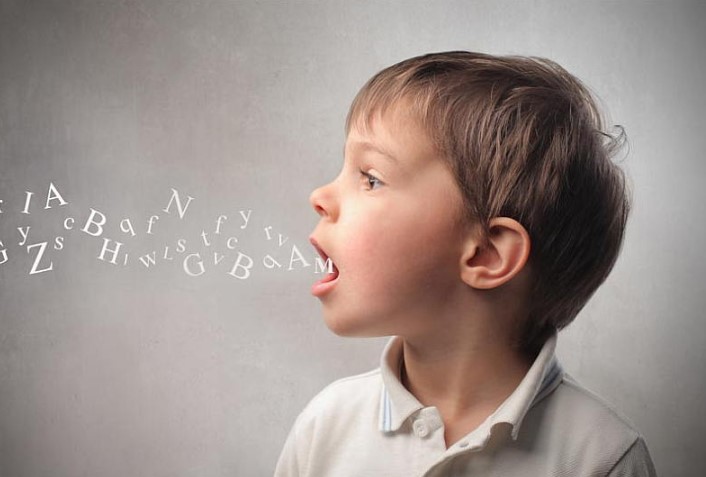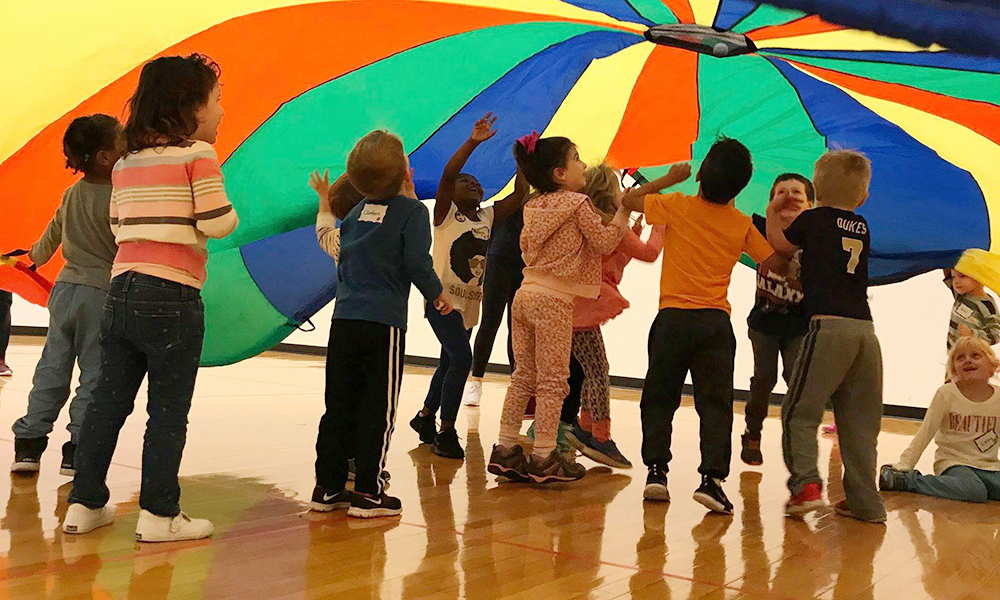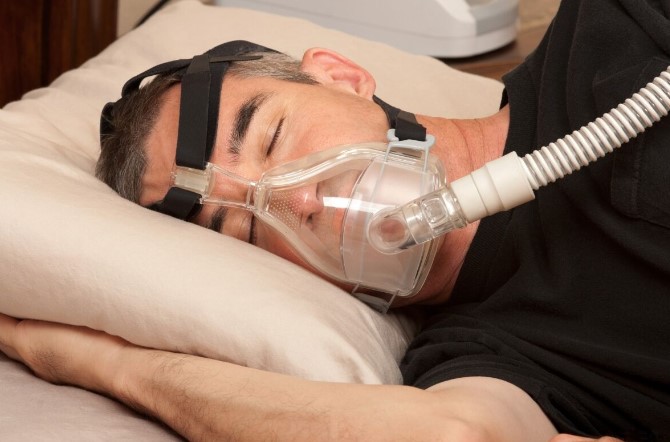Dartmouth lab looks into how kids react to screen time, food and media stimuli

Watch TV, eat food, get a brain scan. That’s a simplified way to describe some ongoing studies being conducted at the Dartmouth Media and Health Behaviors Lab.
Clinicians at the Geisel School of Medicine there are recruiting parents and kids to participate in a National Institutes of Health, or NIH-funded, research study.
The studies will look closer at the impact watching TV and viewing stimuli has on the reward regions of kids’ brains.
The studies also look at reaction to stimuli from screen time that kids spend not just on network TV shows, but also streaming TV shows and other media through the internet.
VPR’s Mary Engisch spoke with Jennifer Emond and Diane Gilbert-Diamond, co-directors of the Media and Health Behaviors Lab at Dartmouth. They explained the ongoing studies and what the data they gather will help inform. Their interview is below and has been edited and condensed for clarity.
Mary Engisch: Welcome!
Diane Gilbert-Diamond: Thank you.
Jennifer Emond: Great, thank you.
Jennifer, I understand you’re conducting ongoing studies with preschool-aged kids. And Diane, your studies are with kids aged 9 to 12. Could you explain a little bit more about what the studies are?
Jennifer Emond: So, we’re looking at how media and how different marketing exposures through media can impact child health behaviors. We’re primarily interested in behaviors that are related to healthy lifestyle and obesity risk. So we look at sleep, physical activity and overeating as well.
Diane Gilbert-Diamond: We’re wondering how the reward regions of the brains of children respond to stimuli that they get from TV. And if there are any differences between children for how responsive they are.
Once the kids and parents are enrolled, what do the studies entail?
Jennifer Emond: We’ll talk to parents first on the phone, and we explain all the study details. We’ll see if parents and their children are eligible. And then they can come into our study for our first visit with us.
You know, I hate to use the word “lab” because it’s more of just a visit to see us here at Dartmouth College. We try to make it as comfortable as possible.
Diane Gilbert-Diamond: And most of the kids find the studies very fun. So they come into our lab and — you know, lab sounds like a kind of technical word. Our lab is more like a living room in our space at Dartmouth College. And when they come in we feed them a meal.
Jennifer Emond: And they do different games that we have. And they may have some snacks. And then, like we mentioned, watch a TV show to assess different ways that they might react to stimuli in the shows.
Diane Gilbert-Diamond: Part of our study is to have a scan in a machine called a magnetic resonance imaging machine, or an MRI machine. And in the scan, they just lie there and they essentially watch a TV show. And we just see how the reward regions of their brain light up as they view the TV show.
Jennifer Emond: And the work that I’m doing, I’m having preschool-aged kids also come into the lab or the parents. They undergo a series of assessments in the lab. And again, they’re very engaging. And we try to gamify the different assessments so kids don’t get bored.
Children will have some snacks in our lab, and then also watch a TV program to see how they react to different images in the TV program.
We then also asked the children to wear an accelerometer. So that’s like a Fitbit, right? So kids will wear the accelerometer at home for seven days. And they do that so we can measure movement and physical activity over that time period. So we can get an idea for the child’s health behaviors.
And then in my study, the kids come back six months later, and then they repeat that assessment again.
So, the goal is to really understand how kids are interacting with media and the current landscape of media, and how it affects different aspects of health behaviors.
And then once you have gathered the data, what do the findings go on to inform?
Diane Gilbert-Diamond: We’re really looking to see if children have genetic differences to how they respond to different rewarding stimuli that they see in the world. And using TV is just a convenient way to show them rewarding stimuli, such as images of food or toys, the shows themselves. So we want to see if there are natural differences that kids have and how responsive they are to these images.
Jennifer Emond: We have had past studies where they’ve been able to help inform different policies as related to children’s screen time, including how much kids should be engaging with screens or what type of content they should be engaging with.
We also we want to continue those trends with these studies to help inform guidelines for parents, and also help inform different interventions to help parents. You know, as a simple example, we could inform interventions to help parents reduce their kids’ screen time and help them be more physically active.
Diane Gilbert-Diamond: We’re really wondering if some children are predisposed for healthier behaviors or less healthy behaviors. We know we can’t get that data from a single kid. But we can look, on average, if there are some differences that can inform health interventions where we can help parents and clinicians to know how better to guide children to make healthy choices — be it food, or even media choices.
What is recommended now as being an appropriate amount of screen time for the kiddos?
Jennifer Emond: For children under the age 2, it’s recommended that they actually don’t have any screen time. There is a caveat where kids, I believe it’s 18 months or older, you could engage in some screen time if it’s high quality. And this could be co-viewing with a parent, even video conferencing — that’s acceptable screen time.
But for kids, let’s say 2- to 5-year-olds, you still want to maintain an hour at most of screen time and have it be high quality.
Another interesting thing about the landscape of screen time nowadays is that, for the first time, streaming content and online videos is the most prominent source of screen time.
For young children it used to be television, and now it’s becoming online media. And there’s a variety of different platforms out there. And the media varies across the platforms.
But as you know, I’m a parent as well. And as parents, we have to be aware that when kids are online, this also introduces other dangers. So privacy concerns, exposure to inappropriate content, etc…
Is this just for a set period of time? Or is it as kids are at a certain age then do you see them again, when they’re a bit older? How does that work out?
Diane Gilbert-Diamond: Yeah, so they come in for three short visits, and then we ask them to come back a year later. So we kind of check in with them a year later to see how they’re doing. And so, all together, it’s four visits for this one study.
But yeah, in general, the kids really tend to enjoy the experience again. Watching TV, eating food. Nothing’s painful or harmful. So we have a good time.
And we all enjoy meeting all of the different kids. They’re 9- 12-year-olds for this one study in particular. So usually pretty fun to hang out with.
We really appreciate the kids and the parents that are involved in the studies. And we know that it takes time out of their days, but we couldn’t do this research without them.
Have questions, comments or tips? Send us a message.







